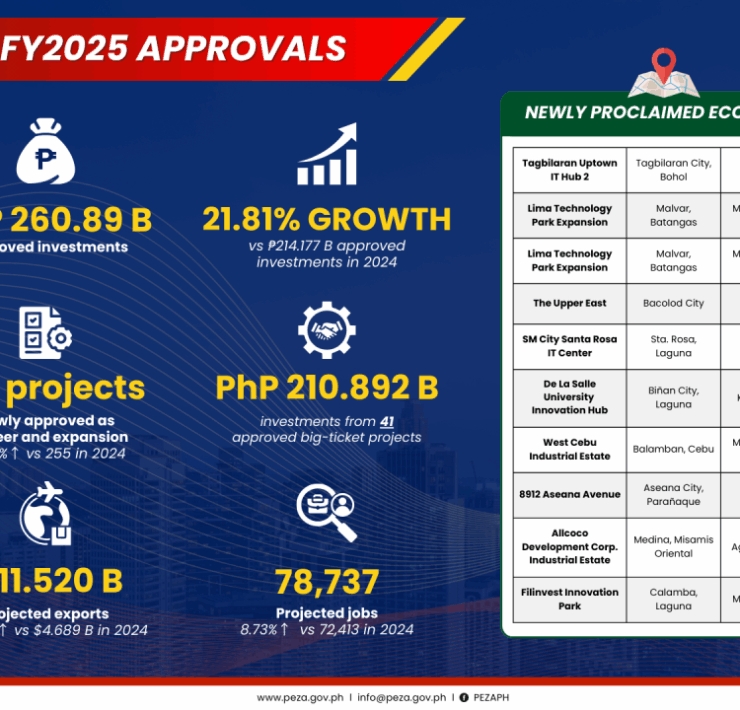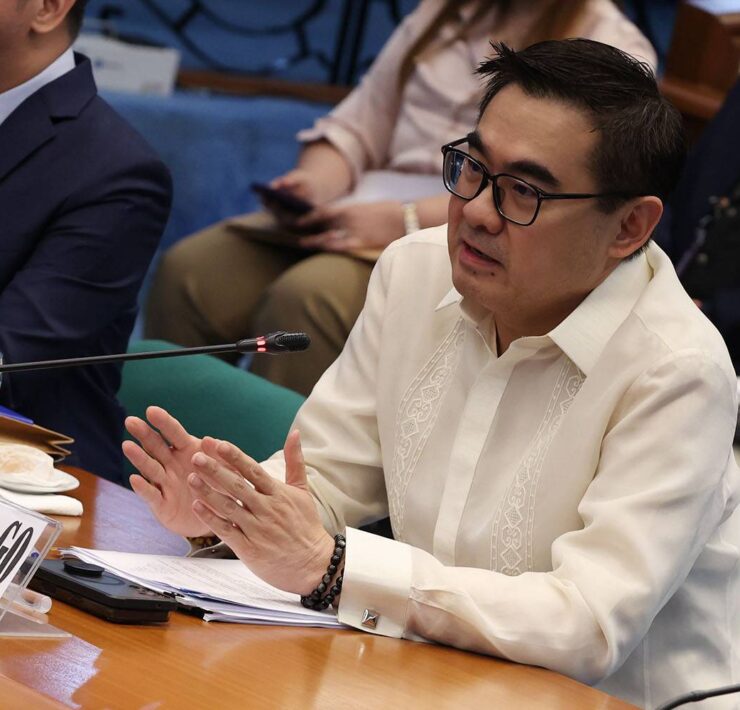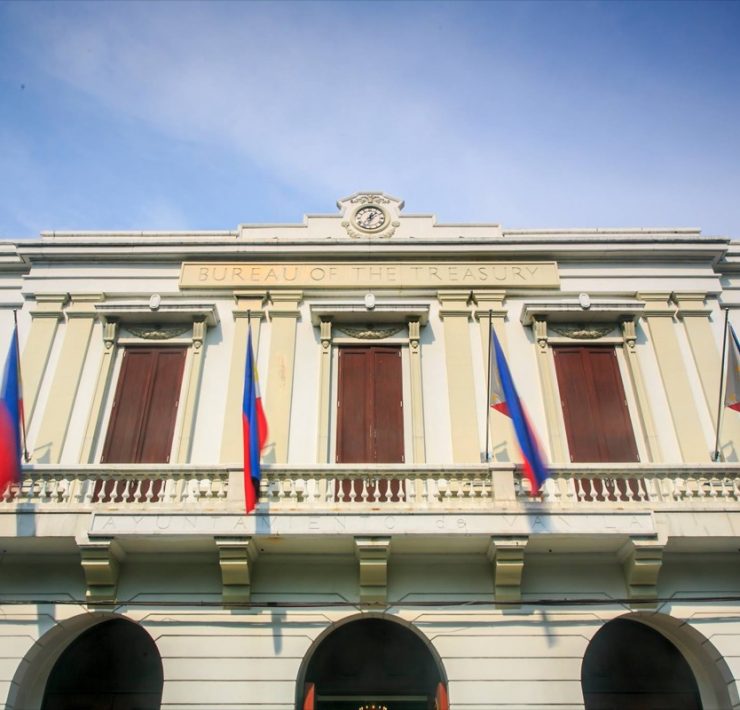Foreign debt payments trimmed GIR in October
Foreign currency withdrawals made by the government to pay some of its offshore debts trimmed the Philippines’ international reserves in October, but the buffer funds nevertheless remained above the $112-billion level for the second month.
Preliminary data showed the Philippines’ gross international reserves (GIR) amounted to $112.43 billion last month, easing from the all-time high level of $112.71 billion recorded in September, the Bangko Sentral ng Pilipinas (BSP) reported.
The GIR serves as the country’s buffer against external shocks. The reserve assets consist of foreign investments of the central bank, gold and foreign exchange as well as borrowing authority with the International Monetary Fund (IMF) and the country’s contributions to the same Washington-based institution.
The BSP attributed the month-on-month decline in the country’s GIR to “net foreign currency withdrawals” by the Marcos administration, meaning the government took out more dollars than it deposited in the central bank to settle its foreign debt obligations and pay for its various spending needs.
Dissecting the GIR components, foreign exchange deposits in the BSP went up by 6 percent in October to $2.17 billion. However, foreign investments of the BSP—which account for the bulk of the Philippines’ international reserves—slightly dipped by 0.9 percent to $94.36 billion.
Meanwhile, the value of gold held by the central bank jumped by 4.6 percent to $11.35 billion, as international prices of the precious metal continued to enjoy safe-haven demand amid global uncertainties brought by geopolitical tensions and developments in the United States like the recent elections.
Lastly, the Philippines’ special drawing rights with the IMF was steady at $3.88 billion, while the country’s reserve position in the Fund fell by 6.5 percent to $683.9 million. The Philippines is a net creditor to the IMF, meaning it lends more than it borrows from the multilateral institution.
The BSP said the $112.43 billion GIR in October can cover 8.1 months’ worth of imports of goods and payments of services and primary income. The amount is also about 4.5 times the country’s short-term external debt based on residual maturity.
By convention, GIR is viewed to be adequate if it can finance at least three months’ worth of the country’s imports of goods and payments of services and primary income.
The reserves are also considered adequate if they provide at least 100 percent cover for the payment of the country’s foreign liabilities—both from the public and private sectors—falling due within the immediate twelve-month period.
As it is, the latest GIR level is running above the $106-billion projection of the central bank for 2024.





















